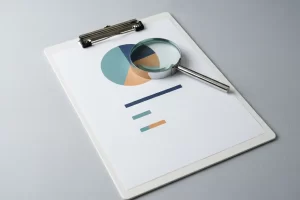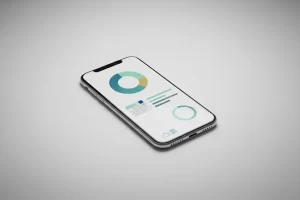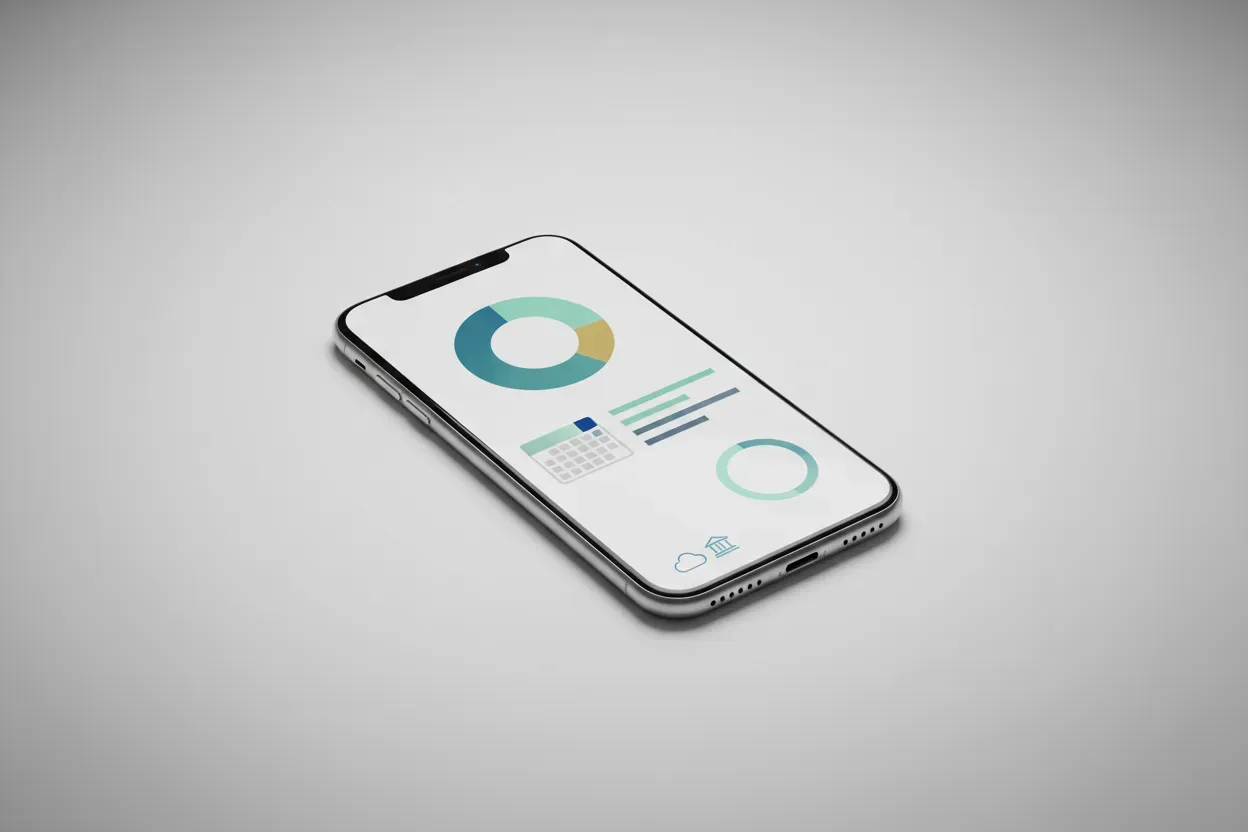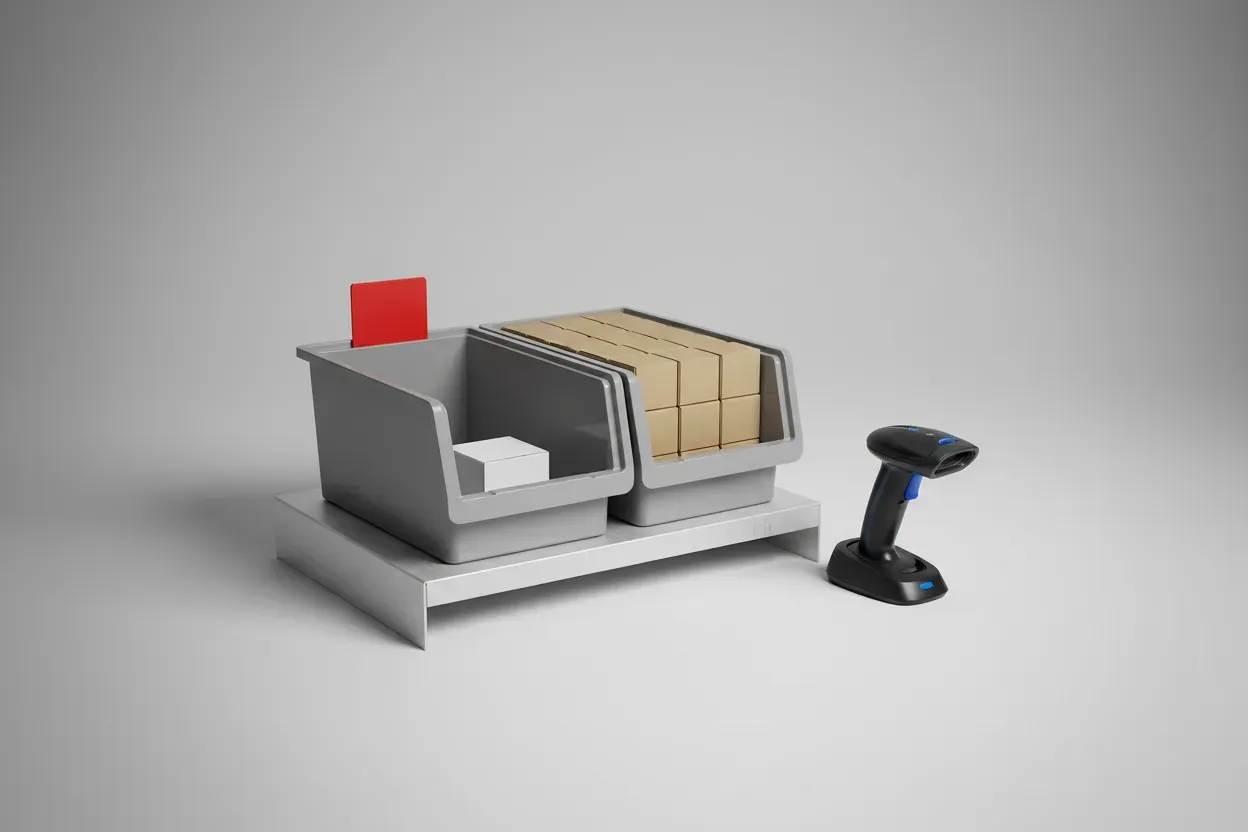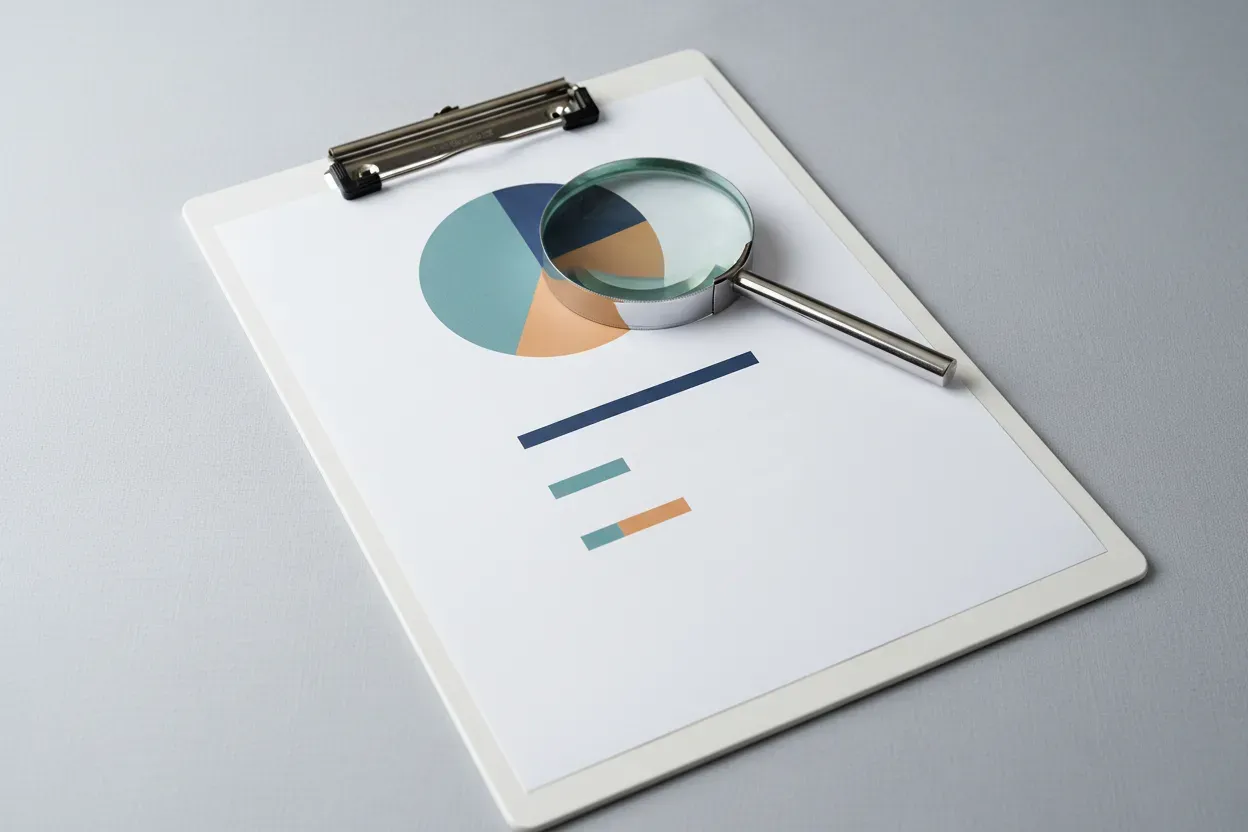How Do You Enhance Customer Support With Technology-Driven Solutions?
In the quest for financial stability, we’ve gathered insights from six company leaders, including CEOs and business owners, to share their strategies for managing expenses. From a co-founder and CEO’s strategic financial oversight to a CEO’s detailed budgeting with real-time tracking, discover a range of methods to keep your company’s finances in check.
- Strategic Financial Oversight in Tech
- Decentralized Budget Authority Model
- Structured Expense Management for Stability
- Budgeting Software and Event ROI Analysis
- Monthly Financial Reviews and Proactive Budgeting
- Detailed Budgeting With Real-Time Tracking
Strategic Financial Oversight in Tech
As the CEO of a tech company, my role involves overseeing all aspects, including finance. My strategy for maintaining financial stability revolves around meticulous planning of expenses, tracking them in real time using modern financial software, and implementing control measures to avoid unnecessary expenditure. Adaptability is crucial in dealing with unforeseen expenses that might arise. By remaining vigilant, we not only ensure the flow of every dollar is accounted for, but we also foresee potential financial risks, allowing for prompt action and continued economic stability.
 Abid Salahi
Abid Salahi
Co-Founder & CEO, FinlyWealth
Decentralized Budget Authority Model
To control expenses, we utilize a distributed decision-making model where budget authority is decentralized to department heads, empowering them to manage their own budgets. This approach fosters accountability and ensures that spending decisions are made closer to the actual work, resulting in more informed and effective financial management. By distributing financial control, we encourage a culture of ownership and responsibility, reducing unnecessary expenditures and driving smarter spending habits across the organization. This decentralization keeps our financial practices aligned with the operational realities on the ground.
 Alari Aho
Alari Aho
CEO and Founder, Toggl Inc
Structured Expense Management for Stability
To maintain financial stability in my self-storage business, I follow a structured process for planning, tracking, and controlling expenses:
- At the start of each fiscal year, I create a comprehensive budget that outlines projected revenues and expenses. This budget is based on historical data, market trends, and planned investments or expansions. I include both fixed costs (like rent and utilities) and variable costs (such as maintenance and marketing).
- Using financial management software to track expenses in real-time allows me to compare actual expenditures against the budget and identify any variances. Regular monitoring—often on a monthly basis—helps me spot potential issues early and make adjustments as needed.
- This helps in understanding where the money is going and ensures that spending stays within limits. For instance, if maintenance costs exceed the budgeted amount, I can investigate the cause and address it promptly.
- I conduct quarterly financial reviews to assess the budget’s effectiveness and make necessary adjustments based on changing circumstances or unexpected expenses. This review helps in fine-tuning financial strategies and reallocating resources if needed.
- Setting aside a contingency fund helps to handle unforeseen expenses or economic downturns. This safety net helps in managing cash flow and ensures financial stability during unexpected events.
By integrating these practices, I can maintain better control over the finances, respond to changes proactively, and ensure the long-term stability of the business.
 Nick Simons
Nick Simons
Owner, Storagehub
Budgeting Software and Event ROI Analysis
Maintaining financial stability is crucial for my practice, and I use a combination of budgeting software and a simple spreadsheet to plan and track my expenses. Each month, I allocate funds for essentials like rent, utilities, and supplies, while also setting aside a portion for marketing and professional development.
For example, I recently invested in a local wellness fair to promote my sessions, which was a strategic move. I tracked the expenses against the revenue generated from new clients that came through that event. This way, I can see what works and adjust my budget accordingly.
 Hajnalka Nagy
Hajnalka Nagy
Business Owner | Reiki Healer, Cosmic Self
Monthly Financial Reviews and Proactive Budgeting
My approach to managing expenses is all about consistency and transparency. I start with a monthly financial review, where I sit down and look at all income and expenses in detail. I think it’s crucial to have a clear picture of where your money is going because you can’t control what you don’t understand.
I use software tools like Xero to automatically track transactions, but I also keep a manual spreadsheet for my personal review. It sounds a bit old-school, but I find it helps me stay connected to the financial pulse of my business.
Once I’ve got a handle on the numbers, I move on to budgeting. I set realistic budgets based on past performance and future projections, and then I check in weekly to ensure everything is on track. I also create a list of non-negotiables—expenses that are crucial for my business—and then categorize the rest as flexible, which gives me some room to cut back if necessary.
One of the biggest lessons I’ve learned is the importance of being proactive rather than reactive. By regularly reviewing and adjusting, I can spot potential issues before they become problems, which is key to maintaining financial stability. At the end of the day, it’s about staying disciplined but also being adaptable to change.
 Austin Rulfs
Austin Rulfs
Founder, Sme Business Investor, Property & Finance Specialist, Zanda Wealth
Detailed Budgeting With Real-Time Tracking
My process for planning, tracking, and controlling expenses to maintain financial stability starts with creating a detailed budget that outlines both fixed and variable costs. I first assess core business expenses like rent, payroll, and utilities, then allocate a portion of the budget for discretionary spending such as marketing or professional development. This helps establish a clear picture of essential expenditures versus flexible areas where adjustments can be made if needed.
For tracking, I use accounting software like QuickBooks or Xero, which allows me to monitor expenses in real-time. These tools categorize transactions automatically, generate reports, and provide a dashboard that makes it easy to spot trends or unexpected variances. Weekly or monthly reviews ensure that spending stays aligned with the budget and helps me identify areas where costs might be creeping up.
To control expenses, I regularly conduct cost audits to evaluate suppliers, service agreements, or recurring charges, making adjustments or negotiating better deals where possible. Additionally, I implement a strict approval process for discretionary spending, ensuring that non-essential costs are vetted before being incurred. This approach allows me to remain flexible yet disciplined, ensuring the business stays financially stable even in fluctuating market conditions.
 Tanya Lamont
Tanya Lamont
CEO, Conversational


